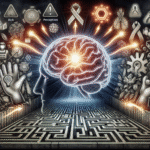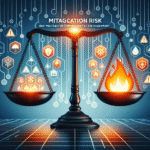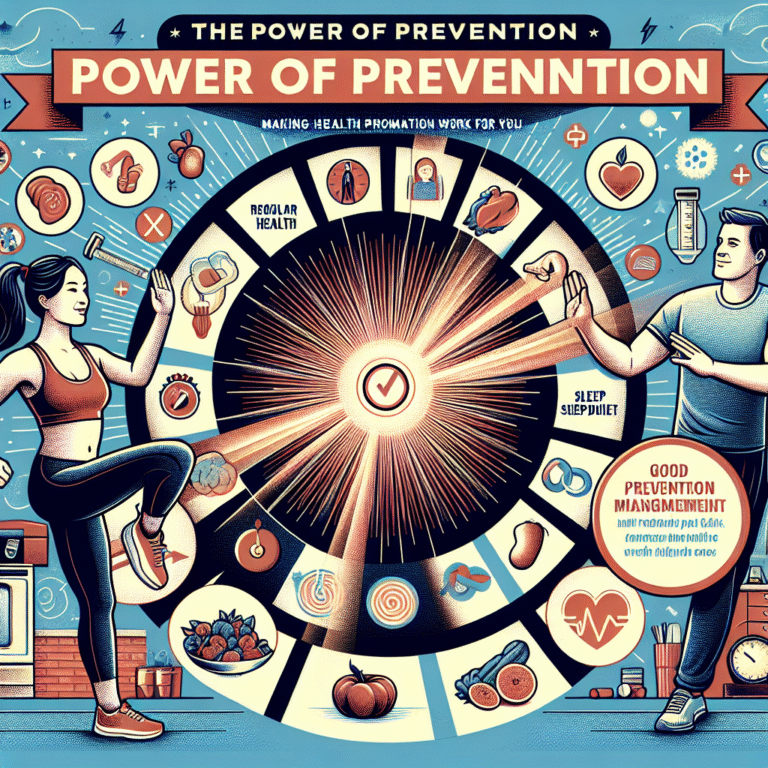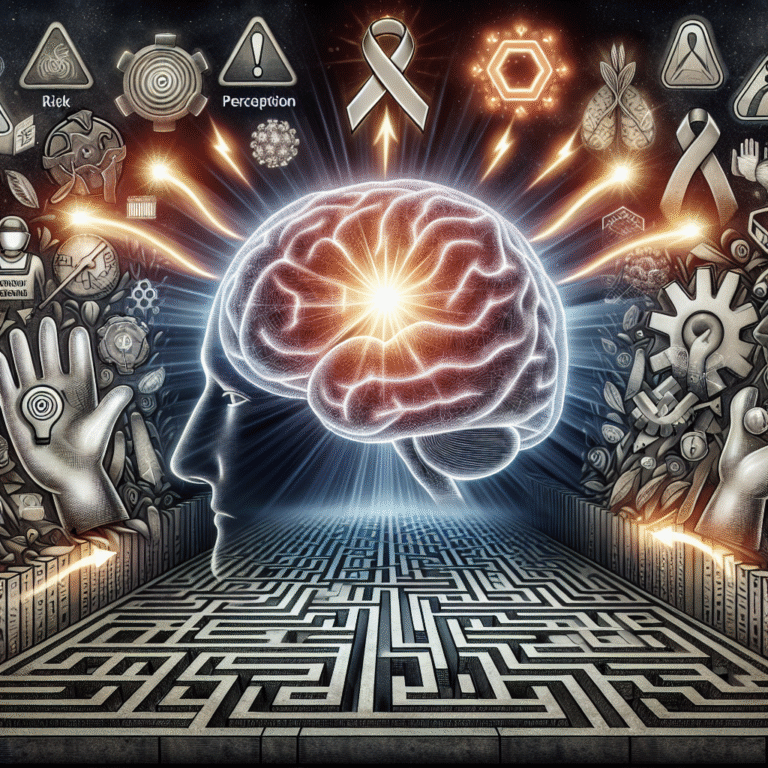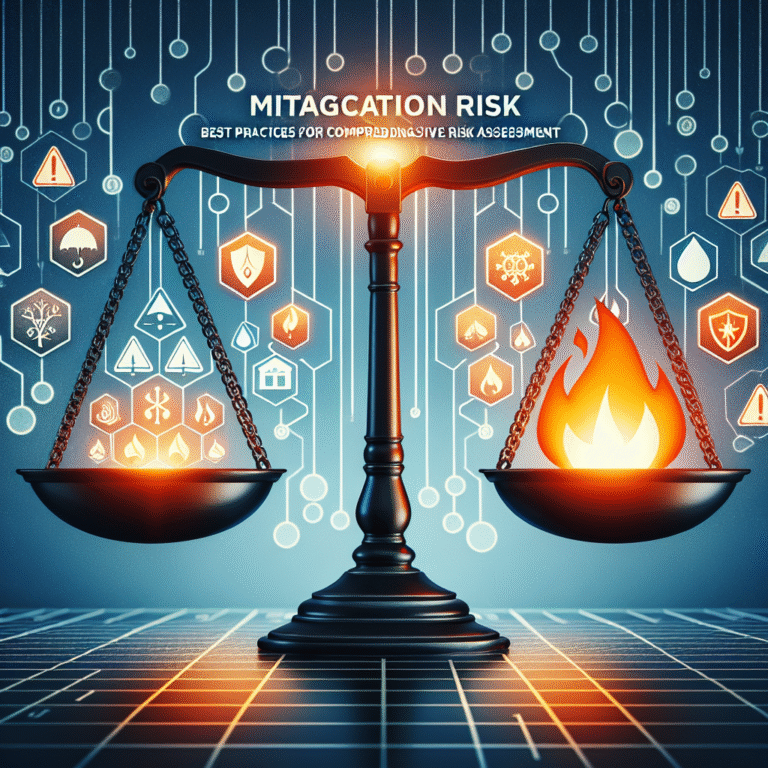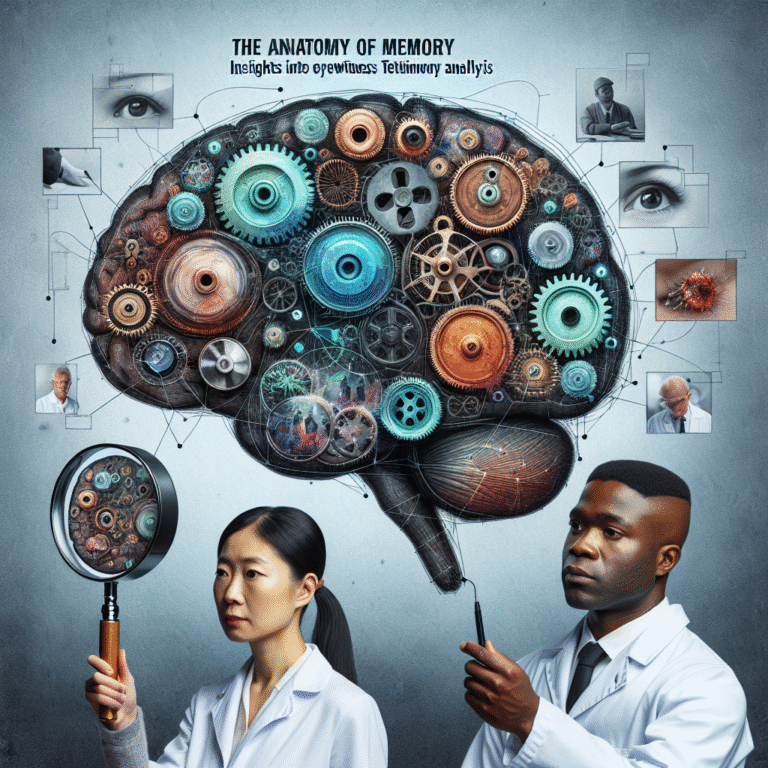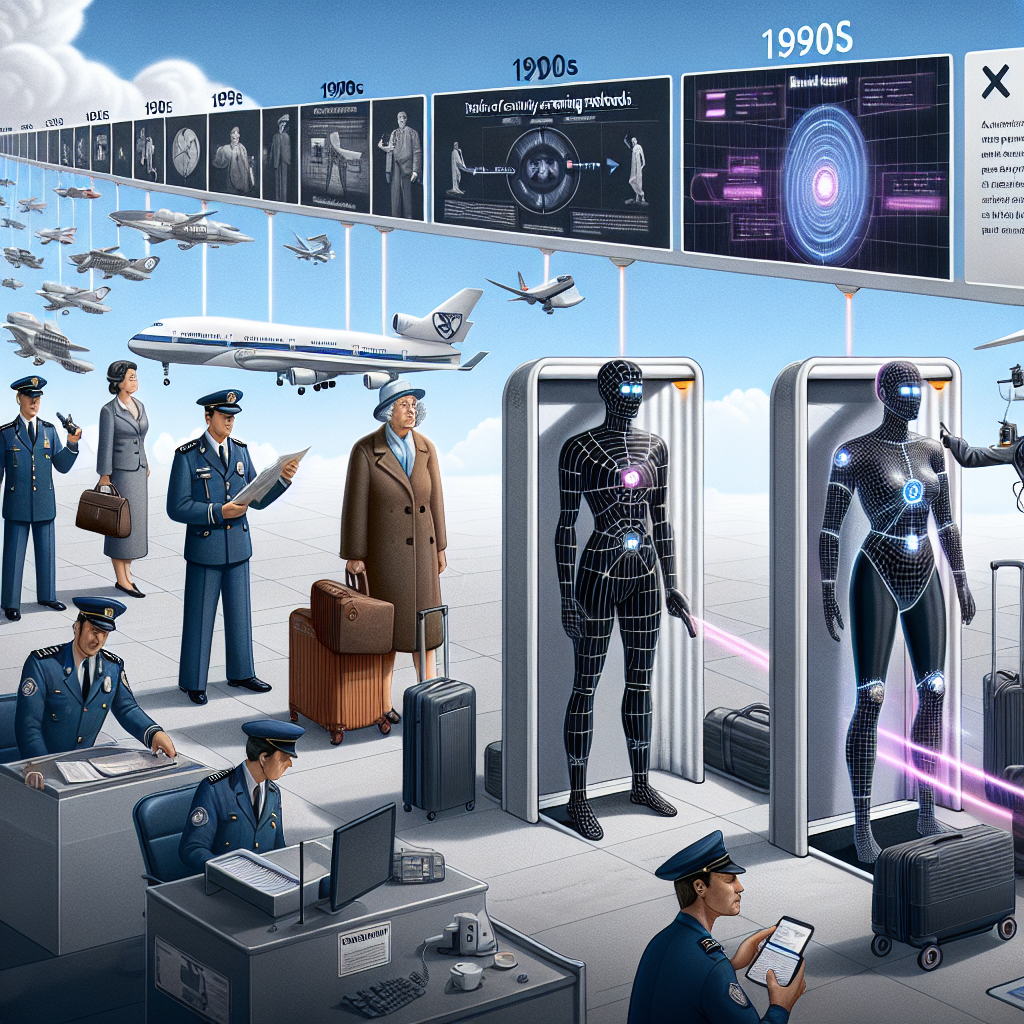
Introduction
In an era where safety is paramount, the way we conduct security screenings has undergone significant transformation. From manual checks, which often relied on human vigilance and instinct, to the rise of artificial intelligence (AI), the evolution of security screening methods has been nothing short of revolutionary. The global landscape demands innovative solutions to counteract the complexities of modern threats, making a profound understanding of the transition from manual checks to AI not just interesting, but essential.
Let’s embark on a fascinating journey exploring the nuances of this evolution, examining how AI is shaping the future of security while addressing real-world applications and legendary case studies that illustrate the shift in methodology.
Understanding Traditional Security Methods
The Role of Manual Checks in Security
For decades, security screening methods revolved around manual checks. These processes included bag inspections, metal detectors, and the keen eyes of security personnel at checkpoints. While effective, these methods had notable drawbacks, such as:
- Subjectivity and Human Error: Even the most rigorous personnel could miss critical details.
- Time-Consuming: Long queues often resulted from thorough manual inspections, creating frustration.
- Limited Data Analysis: Manual checks lacked the ability to aggregate and analyze data effectively, leading to gaps in intelligence.
Understanding these limitations sets the stage for appreciating the transformative impact of AI in security.
Case Study: The Airport Security Protocols Pre-9/11
Before the tragic events of September 11, 2001, airport security predominantly relied on manual checks. Passengers were routinely screened through x-ray machines, but further inspections were often minimal. The subsequent paradigm shift post-9/11 led to enhanced security protocols, underscoring the necessity for systemic change in how we approach safety protocols.
The Advent of AI in Security Screening
What Is AI and How Does It Work?
Artificial Intelligence refers to the simulation of human intelligence in machines, enabling them to perform tasks that typically require human intellect. In security screening, AI algorithms can analyze vast amounts of data in real-time, identifying patterns and anomalies that would typically go unnoticed in manual checks.
Key features of AI in security screening include:
- Machine Learning: Algorithms learn from past data, improving accuracy over time.
- Real-time Analysis: AI systems can analyze inputs and render decisions almost instantaneously.
- Data Integration: AI can aggregate data from various sources, leading to a more holistic view of potential threats.
Case Study: AI in Transportation Security Administration (TSA)
The TSA has been a pioneer in integrating AI into their screening processes. Various automated systems have been introduced, such as the Computed Tomography (CT) scanners that offer more advanced image analysis than traditional x-ray machines. These systems have drastically improved the efficiency and accuracy of detecting prohibited items, reducing false alarms and wait times at security checkpoints.
The Evolution of Screening Technologies
Transition to Smart Screening
The evolution of security screening methods from manual checks to AI embodies a shift toward smart technologies. Here’s a breakdown of key technologies in this transition:
| Technology | Description | Advantages |
|---|---|---|
| Biometric Systems | Use of facial recognition, fingerprints, or iris scans | Enhanced identification accuracy and speed |
| Automated Screening Lanes | Self-service lanes equipped with AI-powered scanners | Reduced human error and faster processing of passengers |
| Behavioral Detection Systems | Analyzes passenger behavior through AI patterns | Proactive threat detection through observation and analysis |
Case Study: How Smart Screening Redefines Security
Some major airports, like Changi Airport in Singapore, have integrated smart screening technologies. These advancements allow for seamless passenger flow while maintaining security integrity. By employing biometric boarding and AI-driven passenger profiling, Changi has significantly decreased wait times, enhancing customer satisfaction without compromising security.
Real-World Implications of AI in Security Screening
Enhanced Threat Detection
AI algorithms can aggregate and interpret data from various sensors and systems, providing a 360-degree view of the security landscape.
Example: Elevating Cybersecurity Measures
The crossover from physical to digital security showcases AI’s versatility. While AI tackles physical screening at checkpoints, it also monitors cybersecurity threats, ensuring that data breaches don’t occur alongside physical threats. This dual-focus approach significantly mitigates risk.
Streamlined Operations
Efficiency is paramount in security operations. The evolution of screening methods from manual checks to AI improves response times and operational efficiency. Automated systems can process passengers faster, decreasing the burden on security staff and allowing them to focus on addressing higher-risk situations.
Case Study: London Gatwick Airport
Gatwick, one of the busiest airports in the UK, has adopted AI technologies in its screening processes, including automatic bag scanning. The results have shown a 30% reduction in passenger wait time, a clear demonstration of how AI can streamline operations while enhancing security.
Potential Challenges in the Transition
Ethical Considerations
While AI offers remarkable advantages, it also raises ethical questions about privacy and data security. Balancing the need for thorough security checks without infringing on individual privacy rights remains a hot-button issue.
Dependence on Technological Reliability
The shift from manual checks to AI could create dependence on technology that may not always function at optimal capacity. Ensuring that backups and human oversight remain integral to security protocols is crucial.
Case Study: Bias in AI Systems
The Boston Police Department’s use of AI-based facial recognition technology came under scrutiny when it was revealed that the system disproportionately misidentified individuals of certain ethnic backgrounds. This highlighted the need for careful algorithm training and continuous oversight to prevent bias in security applications.
The Future of Security Screening: A Hybrid Approach
Merging Manual and AI Systems
As we look ahead, the most effective security screening methods may not solely rely on AI or manual checks, but rather a hybrid approach combining the strengths of both.
- Human Oversight: Security personnel can use AI insights to make better decisions, eliminating much of the guesswork inherent in manual checks.
- Continuous Learning and Adaptation: As AI systems adapt to new threats, security personnel will also require ongoing training to understand and interpret AI recommendations effectively.
The Role of Global Collaboration
International cooperation in security screening is essential. Countries can learn from one another’s successes and challenges, creating a global standard for safety. Collaborative efforts can also extend to sharing AI research, threat intelligence, and operational best practices.
Conclusion
The evolution of security screening methods from manual checks to AI represents a paradigm shift that not only enhances security but also improves operational efficiency and passenger experience. By understanding the journey from manual checks to AI, we gain insights into the future of security and the continued need for innovation in safeguarding our environments.
As we move forward, both security agencies and technology developers must be vigilant in ensuring that the solutions we implement are ethical, efficient, and effective. The journey from manual checks to AI has only just begun—let’s embrace the future while learning from our past.
FAQs
1. What are the main benefits of AI in security screening?
AI improves accuracy, enhances speed, and reduces human error in identifying potential threats during security checks.
2. Are there risks involved with using AI for security screening?
Yes, risks include potential biases in AI algorithms, data privacy issues, and a reliance on technology that may fail.
3. How does AI enhance the detection of prohibited items?
AI can analyze patterns in data and identify anomalies much faster than human operators, leading to more effective threat detection.
4. What role does human personnel play in AI-driven security?
Humans are essential for oversight, interpreting AI data, and handling situations that require human judgment beyond algorithmic capabilities.
5. Will AI completely replace human security personnel?
While AI will automate many processes, human expertise will continue to be irreplaceable in assessing threats and making judgment calls, ensuring safety and security.
The evolution of security screening methods from manual checks to AI is indeed an essential topic, reflecting our commitment to creating a safer world through innovative solutions. Together, let’s continue to inspire action towards a future driven by technology and oversight that strengthen our safety and security protocols.


